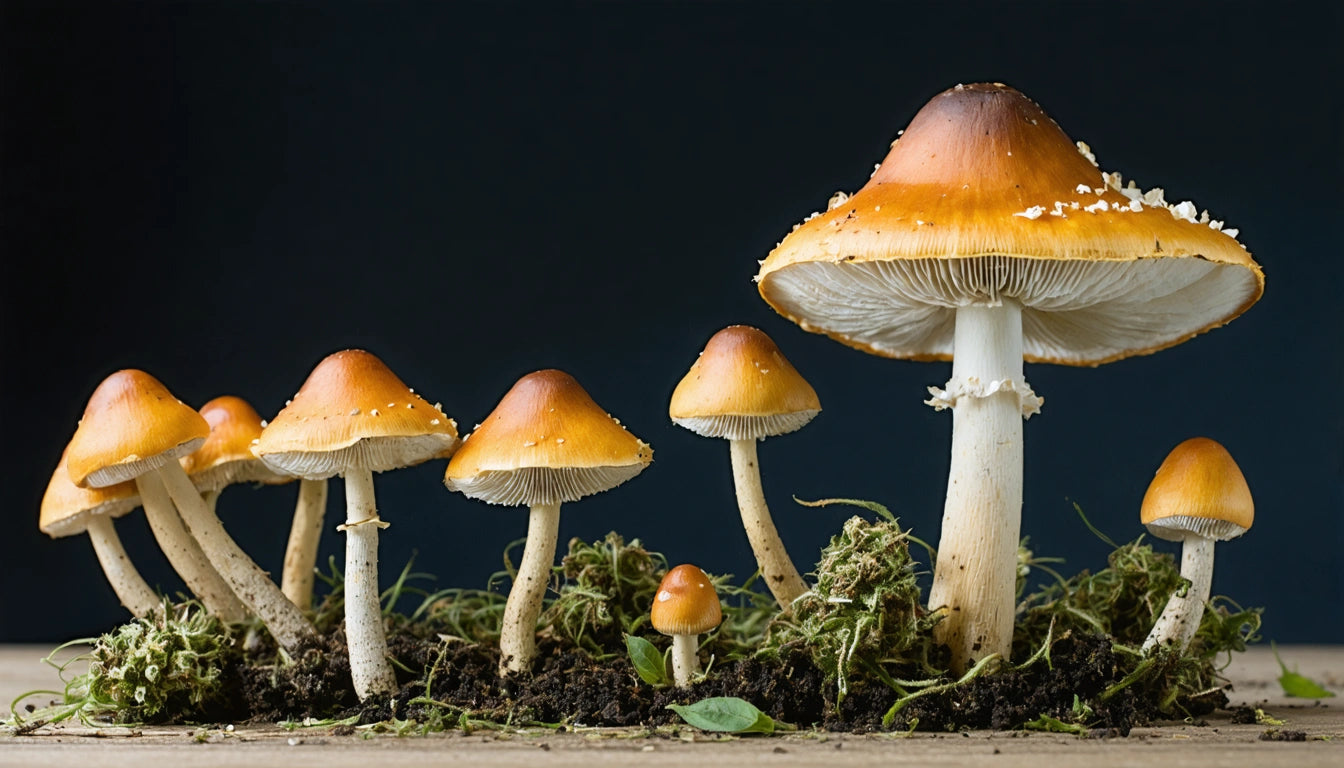Comparing the Effects and Societal Perceptions of Being Stoned, High, or Drunk
The experiences of being stoned, high, or drunk represent distinct altered states that affect individuals in fundamentally different ways. Understanding these differences helps consumers make informed choices about consumption while recognizing the varying social contexts surrounding each substance.
Understanding the Terminology: Stoned vs High vs Drunk
The terms "stoned" and "high" both describe cannabis effects but with notable distinctions. Being "high" typically refers to the cerebral, uplifting effects often associated with sativa strains or lower doses. In contrast, being "stoned" describes the heavier, body-centered effects commonly linked to indica strains or higher doses, as explored in this deep dive into stoner culture.
"Drunk" exclusively describes alcohol intoxication, characterized by diminished coordination, altered judgment, and potential mood changes ranging from euphoria to aggression depending on the individual and consumption level.
Physical and Mental Effects: How Each State Differs
Cannabis Effects (Stoned vs High)
When comparing stoned vs high experiences, the differences often relate to intensity and location of effects:
- High: Enhanced sensory perception, creative thinking, energized feeling, and mild euphoria
- Stoned: Deep relaxation, heavy body sensation, intense hunger ("munchies"), and potential couch-lock
Both states can feature altered time perception and heightened sensory experiences, making activities like listening to music particularly enjoyable, as noted in recommendations for stoned entertainment.
Alcohol Effects (Drunk)
Alcohol produces a distinctly different experience:
- Decreased inhibition and coordination
- Slurred speech and impaired motor skills
- Potential nausea and vomiting at higher doses
- Significant hangover effects the following day
Societal Perceptions: Stoner vs Alcoholic Cultural Views
The terms "stoner" and "pothead" carry different connotations within cannabis culture. A stoner often refers to someone who appreciates cannabis as part of their lifestyle, while "pothead" frequently carries negative implications of excessive or problematic use.
When comparing stoner vs alcoholic societal perceptions, stark contrasts emerge. Alcohol consumption is widely normalized through advertising, media representation, and social events, while cannabis use, despite increasing legalization, still carries stigma in many contexts.
This disparity exists despite research comparing the effects and addictiveness of alcohol and cannabis that suggests alcohol poses greater physical health risks and addiction potential.
Cannabis enthusiasts often use specialized containers with secure child-resistant caps for proper storage of their products, reflecting a growing emphasis on responsible consumption practices within the community.
Safety and Impairment: Driving Stoned vs Drunk
The comparison between driving stoned vs drunk reveals important safety distinctions:
- Drunk driving: Significantly impairs reaction time, coordination, judgment, and visual perception, dramatically increasing accident risk
- Stoned driving: While still impairing and illegal, typically produces less severe coordination issues than alcohol, with users often driving more cautiously (though still with impaired reaction times)
Research consistently shows that drunk driving presents substantially higher crash risks than driving under the influence of cannabis, though both activities remain dangerous and illegal. The safest approach is always to avoid driving under the influence of any substance.
Responsible Consumption Practices and Harm Reduction
Understanding the differences between being stoned, high, or drunk empowers consumers to make safer choices. For cannabis users, following established best practices can enhance experiences while minimizing risks.
These include:
- Starting with low doses, especially with edibles
- Choosing appropriate settings for consumption
- Having non-impaired friends present when trying new products
- Planning activities that complement the experience, as suggested in this guide to stoned activities
For alcohol consumers, moderation guidelines include counting drinks, alternating with water, eating before drinking, and always arranging alternative transportation.
The growing cultural shift toward understanding substance effects represents progress toward more informed, thoughtful consumption practices across society. As legal cannabis markets mature and research expands, we can expect even greater clarity about the distinct experiences and appropriate contexts for each substance.











Leave a comment
All comments are moderated before being published.
This site is protected by hCaptcha and the hCaptcha Privacy Policy and Terms of Service apply.